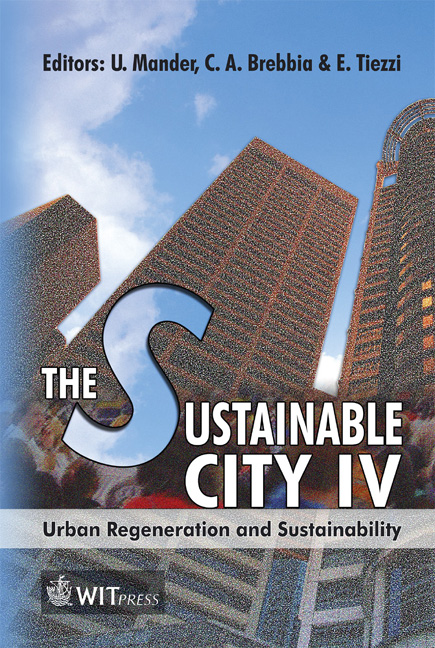Wind And Environmental Effects On Overhead High Voltage Transmission Lines
Price
Free (open access)
Transaction
Volume
93
Pages
11
Published
2006
Size
1,263 kb
Paper DOI
10.2495/SC060411
Copyright
WIT Press
Author(s)
A. F. Abdel-Gawad & A.-S. A. Zoklot
Abstract
This work is an experimental study of the effect of wind on high voltage transmission lines. Two sets of models, representing a pair of tension towers and a pair of suspension towers, were constructed to a suitable scale. The two sets were tested using a delivery wind tunnel. Three different sizes of conductors were tested at three values of wind speed (5, 10 and 15 m/s). Also, the effect of environmental conditions (ice and mud) was studied. Measurements of the horizontal and vertical displacements of the conductors of different phases were recorded. The additional tension of the conductors, due to aerodynamic drag, was also measured. Useful observations and conclusions are stated. Keywords: wind effect, transmission lines, high voltage, sag, aerodynamic drag. 1 Introduction In recent years, as the electric capacity of transmission lines has increased, the size of transmission towers has become larger. Strong wind may cause unexpected damage to the power transmission systems, Fig. 1 [26]. Wind speed and turbulence intensity are greatly affected by terrain and climate, Fig. 2 [25]. In mountainous areas, the terrain effect is manifested in the speed-up of local wind owing to the narrow path caused by the mutual relation of location of mountain ridge and wind direction. Thus, careful study and design are needed when attempting to construct power transmission lines in such wind-hazardous areas. The subject of wind loading on transmission tower-conductor systems was reported in several text books such as [2], [5] and [18]. It is noticed that, in all text books, the wind and ice effects are represented by empirical formulae or
Keywords
wind effect, transmission lines, high voltage, sag, aerodynamic drag.





